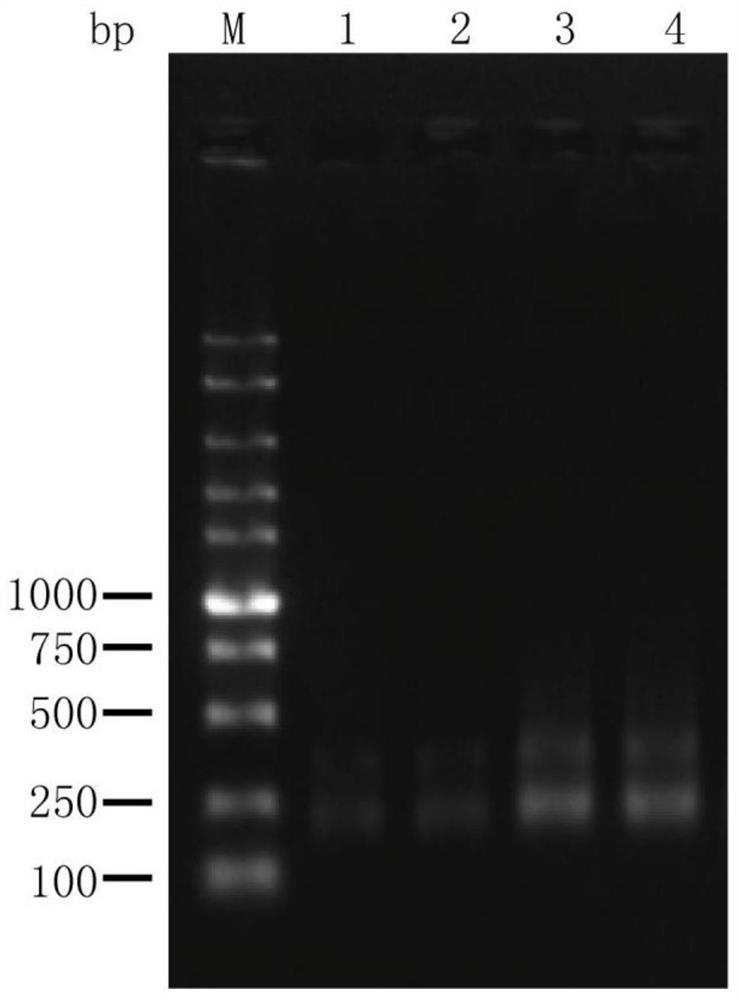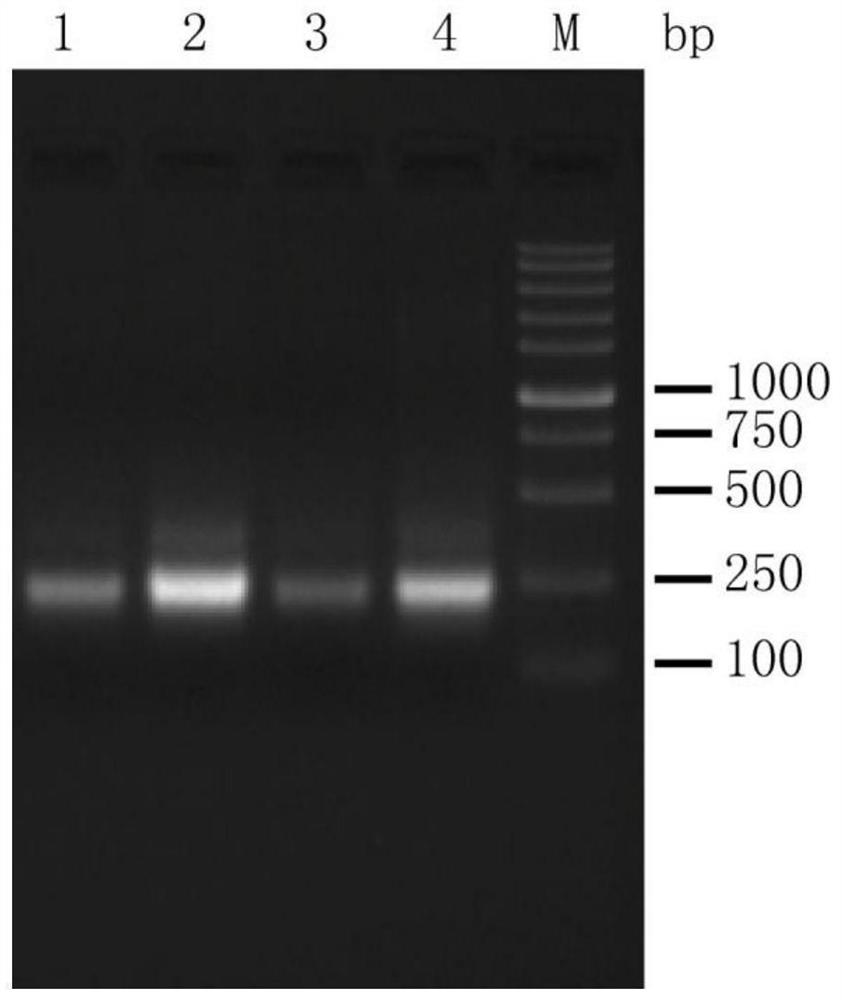Enzyme composition, buffer reagent and sequencing library construction method for cfDNA end repair
A technology of end repair and enzyme composition, applied in biochemical equipment and methods, combinatorial chemistry, chemical library, etc., can solve the problems of inapplicable cfDNA end repair, high cost, and large amount of enzymes, and achieve low cost and high dosage The effect of less, high repair efficiency
- Summary
- Abstract
- Description
- Claims
- Application Information
AI Technical Summary
Problems solved by technology
Method used
Image
Examples
Embodiment 1
[0049] Example 1 cfDNA library construction
[0050] cfDNA library construction, including the following steps:
[0051] 1. End repair
[0052] In each 50 μl reaction system, use the end repair buffer reagent as 10×End Repair ReactionBuffer, and its components and contents are as follows:
[0053] components content Tris-Hcl (pH8.3) 1M MgCl 2
0.2M DTT 0.2M KCl 0.2M ATP 20mM dATP 20mM dTTP 2mM dCTP 2mM dGTP 2mM NP40 0.7%v / v Tween-20 0.7%v / v
[0054] In each 50 microliter reaction system, the components and contents of the end repair enzyme composition are as follows:
[0055] components content T4 Polynucleotide Kinase 2.5U Klenow exo- 1U Taq DNA Polymerase 3U glycerin 50%v / v MgCl 2
10mM Tris-Hcl 70mM
[0056] End repair includes the following steps:
[0057] 1. Take 1 ng of free DNA in a PCR tube, the volume should be ≤42 μL,...
PUM
 Login to View More
Login to View More Abstract
Description
Claims
Application Information
 Login to View More
Login to View More - R&D
- Intellectual Property
- Life Sciences
- Materials
- Tech Scout
- Unparalleled Data Quality
- Higher Quality Content
- 60% Fewer Hallucinations
Browse by: Latest US Patents, China's latest patents, Technical Efficacy Thesaurus, Application Domain, Technology Topic, Popular Technical Reports.
© 2025 PatSnap. All rights reserved.Legal|Privacy policy|Modern Slavery Act Transparency Statement|Sitemap|About US| Contact US: help@patsnap.com



